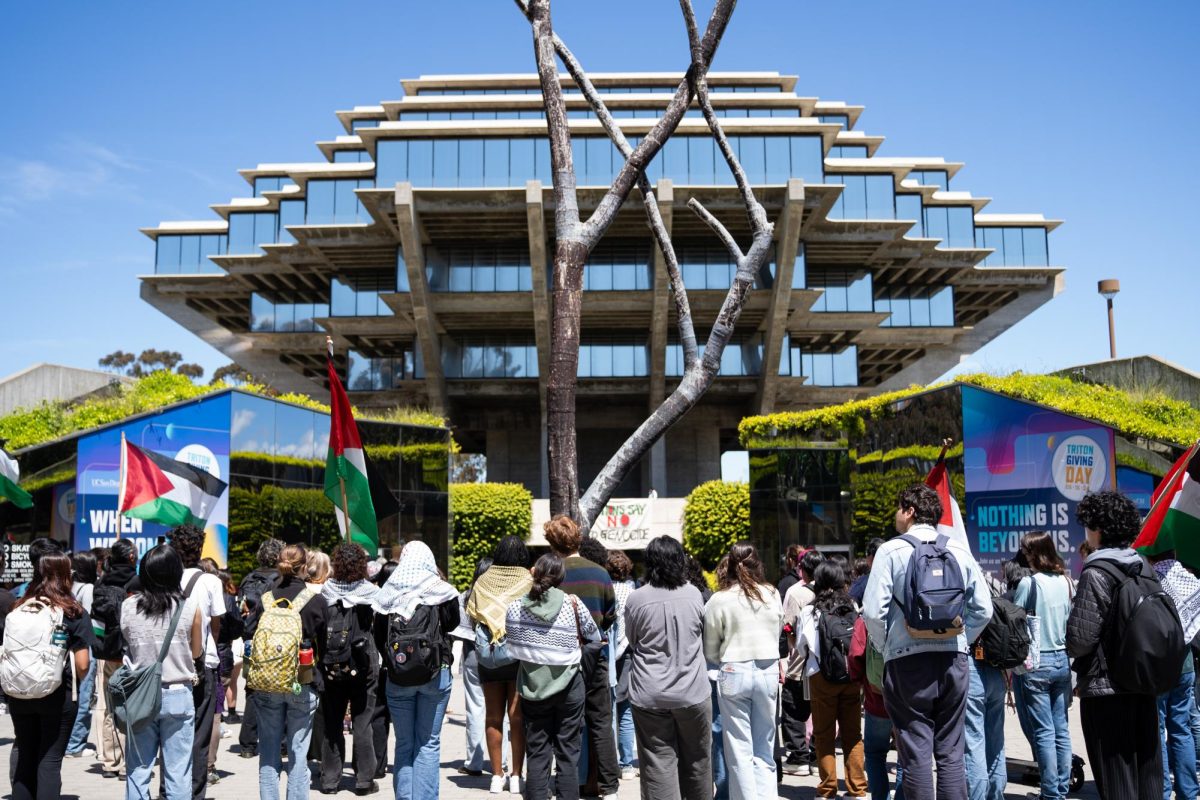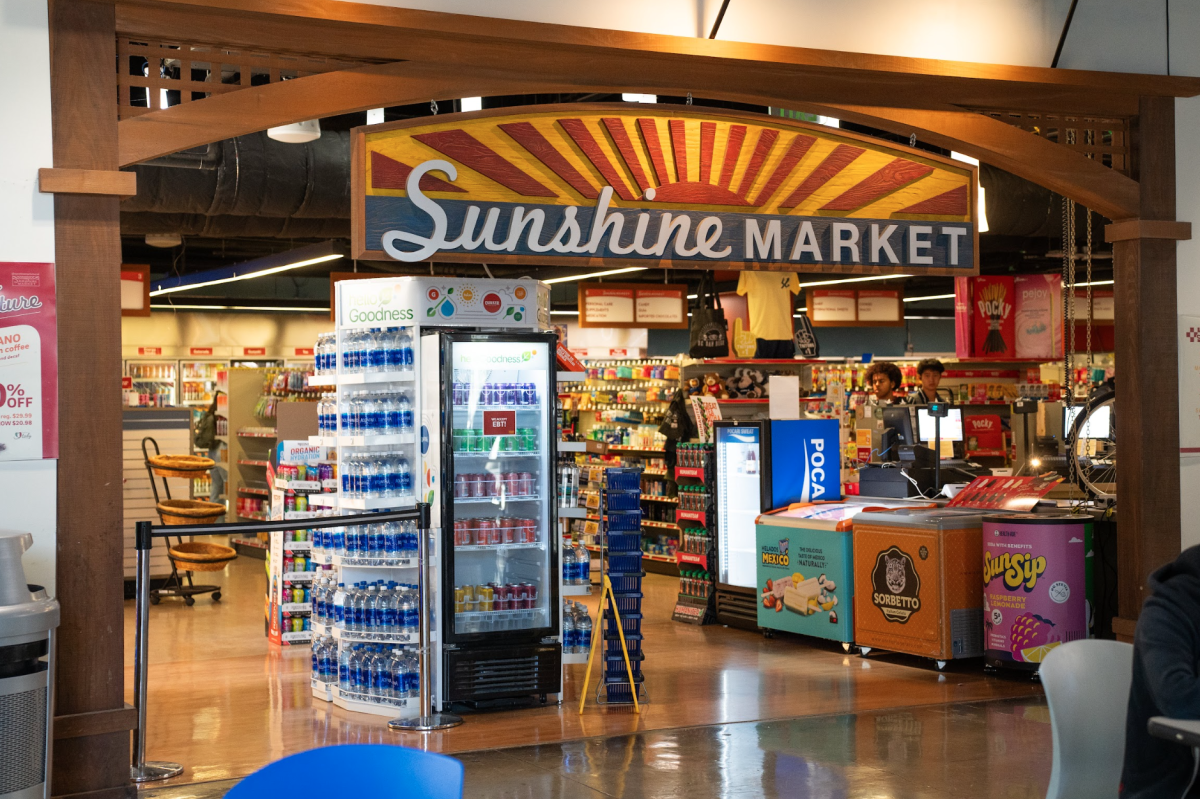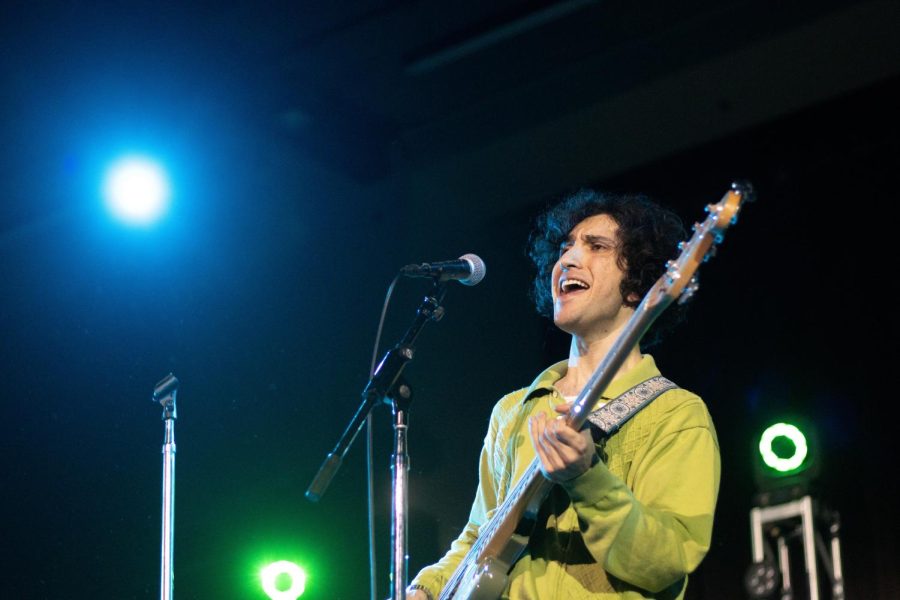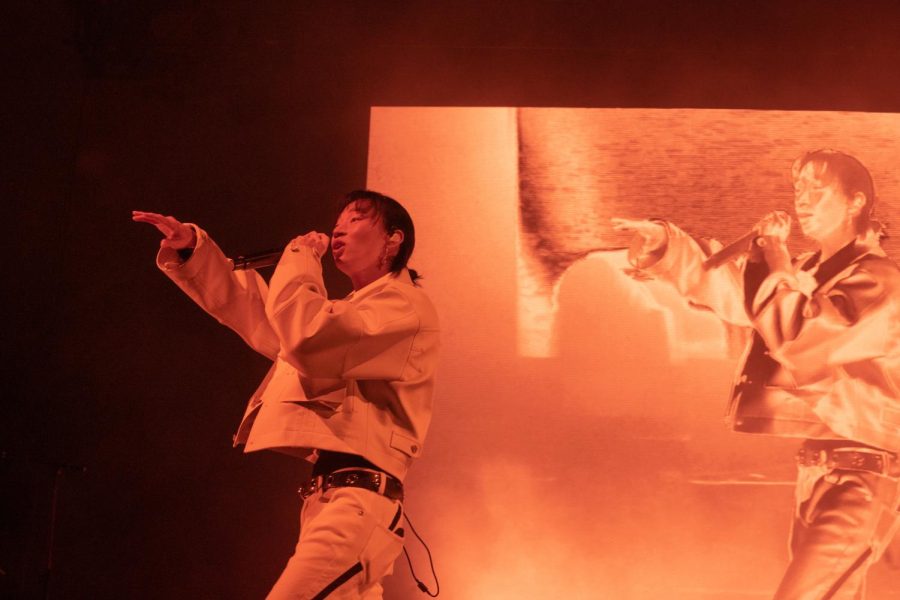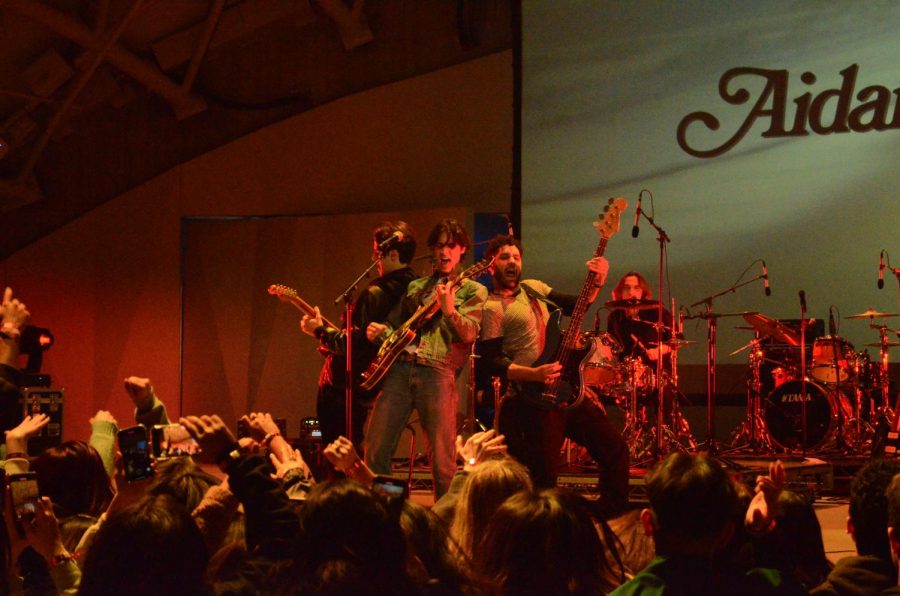CLASSIFIED
The idea of underground tunnels naturally leads to fantastic speculations. Some believe the tunnels under the UCSD campus were constructed during the Vietnam War so police could travel quickly from one end of campus to the other in the case of a protest. Others assume that the tunnels were built as a safe refuge for teachers if a student strike ever exploded out of control. Then there are those who are confident the tunnels don’t exist, that they are merely a myth.
The tunnels do in fact exist, and along with information provided by Central Plant Services, former students’ accounts of late-night exploring provide entertaining proof.
If anything, there is confusion as to what the tunnels are used for. UCSD lecturer John Granger encountered a story from a graduate student about the use of the tunnels.
“I’m not sure how they got in, but in the late 60’s, a lot of people went down there,” he said. “I just heard people had parties down there … there were windowless rooms where people would party.”
While this account may very well be true, the intended purpose of the tunnels is to transport hot liquid through pipes. In the early 1960s, engineers began constructing a series of tunnels, coinciding with the development of Revelle College. The tunnels contain hot-water pipes, which provide the campus with its central heating. Since these tubular piping wonders are so narrow, they do not allow much room along the main passages for a person to walk through. One must crawl through some sections, while other parts are more navigable.
The tunnels in Revelle are round and connect underneath John Muir College and UCSD Medical School, completing a loop down Library Walk and up to Thurgood Marshall College. There are also side tunnels that run under the Physical Plant Services building and through to Galbraith Hall. With the completion of the tunnels under these first three colleges in 1975, the construction of more extensive passageways was considered. However, because the cost was too great, administrators decided to wait until 2004 to resume the expansion. Now contractors are developing passages that run under RIMAC and out to Voigt Drive.
According to Krista Henkels, environmental resource manager at Plant Resource Facilities, “the tunnels are the cheapest way right now to cool and heat the building. And it minimizes the use of overhead power over the campus.”
“The mystery [of the tunnels] is far more interesting than the tunnels themselves,” Henkels said.
So what is it about this “mystery” that lures people to the tunnels? For Bill Hines, a UCSD alumnus, it appears to be the thrill of adventure. Hines proudly reveals his delinquent days of tunnel exploring on a Web site, http://tunnels.tripod.com/ucsdtunn.html. He provides tools that have perhaps proved to be useful to other student explorers. A detailed account of each passage takes the reader step-by-step through the passages. There is also a hand-drawn map indicating the main route and side tunnels, as well as a photograph featuring “anonymous” tunnelers.
Though his tunneling escapades sound exciting, Hines is careful to include a disclaimer on the Web site, assuring readers that “This page is meant to quell the mystery of the tunnels, thereby negating the need for UCSD students to explore the tunnels themselves.”
Despite his efforts to deter them, many students have infiltrated these tunnels in the past. Another UCSD student, who chooses to remain anonymous, has explored the depths of the tunnels a total of eight times, both on his own and with friends. They describe the tunnels as seven feet high by five feet wide. Inside, electrical wires and water pipes run throughout, and the heavy fluorescent lights are on 24 hours a day. There is also colorful graffiti scattered across the walls from past students marking their territory.
Although the student and his friends were able to enter the tunnels, the consequences of trespassing inevitably caught up with them.
“It was the epitome of underground tunnels,” the student said. “An alarm went off once when I was down there. It made me feel like a little boy … until I got arrested. After the ordeal was over, one of my friends had to write a letter of apology to the chancellor.”
Students should be advised that the police will investigate if the alarm is triggered. Central Plant Services takes its security precautions seriously. Still, some students are willing to take the risk.
The tunnels can be dangerous and are therefore off-limits to both students and die-hard spelunkers. The reason? The hot water that runs at 350 degrees Fahrenheit and 350 pounds per square-inch through a network of pipes remains liquid only because of the high pressure. If the pipes were suddenly to burst or leak, the liquid would turn to steam and a person in the tunnels could be scalded or suffocate due to the confined space.
Central Plant Services is now taking extra precautions to keep unwanted visitors out. Director of Student Policies and Judicial Affairs Nick Aguilar said that security measures have tightened since Sept. 11.
“From what I am aware of, from time to time students explore the tunnels out of curiosity, a dare or drinking,” Aguilar said. “However, this will no longer be treated as a prank. It is a threat to security on campus.”
Aguilar said that breaking into the tunnels is a serious offense. There remains the possibility of expulsion and police involvement if an unauthorized student is caught in the tunnels.
“The punishment depends on the person’s prior history of misconduct,” he said. “However, I wouldn’t be surprised if students were held in custody for security screening. They will be detained for a longer period of time, to ensure there is no connection to terrorist attacks.”
Aguilar said he recalls only one or two incidents a year of people breaking into the tunnels since Sept. 11.
“I don’t want to sound alarming, but I don’t want to minimize the situation,” he said. “Under the circumstances [a student’s actions] may result in consequences never expected.”
Despite the increased security since Sept. 11 and the physical dangers of entering the tunnels, it is still possible to take a tour of them, by contacting Central Plant Services. This is a safe alternative to a self-guided expedition, and it gives students a chance to finally bare witness to the mysterious underground tunnels firsthand.



